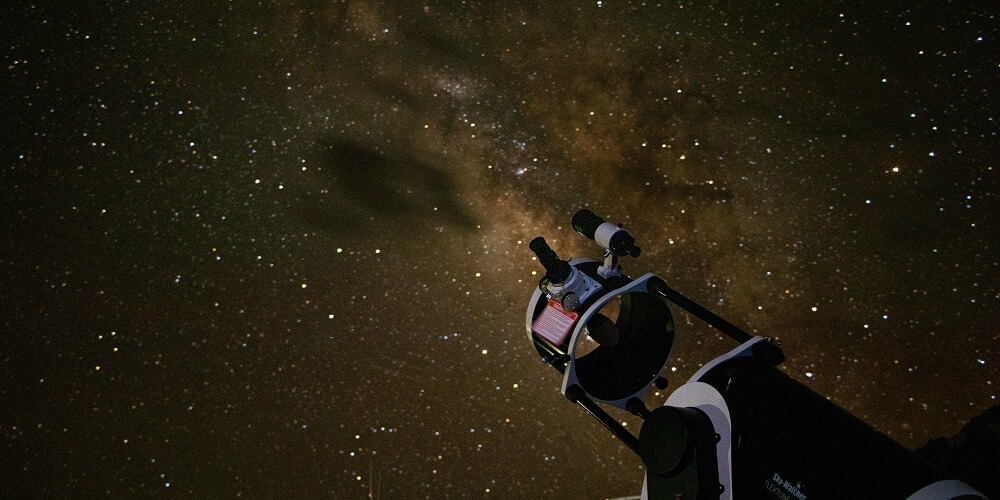


The night skies over Maan, a village in Ladakh, northern India, are crystal clear on some nights. The village’s position in the foothills of the Himalayas at 4,350m (14,270ft) elevation places it above the clouds covering the lowlands. Here, on a clear night, the Milky Way is splashed across the sky.
Maan is about 70km (43 miles) from Ladakh’s largest town, Leh – population: 30,000. The village benefits in an astronomical sense from low levels of light pollution. The whole region has very good visibility (Ladakh has one of the highest altitude optical observatories in India), but in very remote places like Maan, even small, 10- to 12-inch telescopes can reveal galaxies and nebulae invisible to the naked eye.
Some of the regions in most need of development and the money that tourism brings are also in areas of the world with the best night skies for stargazing. Ladakh is also home to some of the most off-grid areas in India. Until recently, Maan was off-grid. Opportunities for employment are few and far between. For young people, Leh and the cities beyond look like more attractive prospects.
In 2018, the Global Himalayan Expedition (GHE) collaborated with the International Astronomical Union Office of Astronomy for Development (OAD) to start a community-led astro-tourism project called Astrostays, which creates sustainable socio-economic opportunities for rural communities. Astrostays train community leaders to be astronomy guides as well as hosts who educate visitors about local arts, crafts and cuisine and indigenous folklore. The primary aim is to directly benefit villages who fall outside of the typical tourism hotspots. In doing so, they keep skilled people in those rural places who can help to stimulate the local economies.
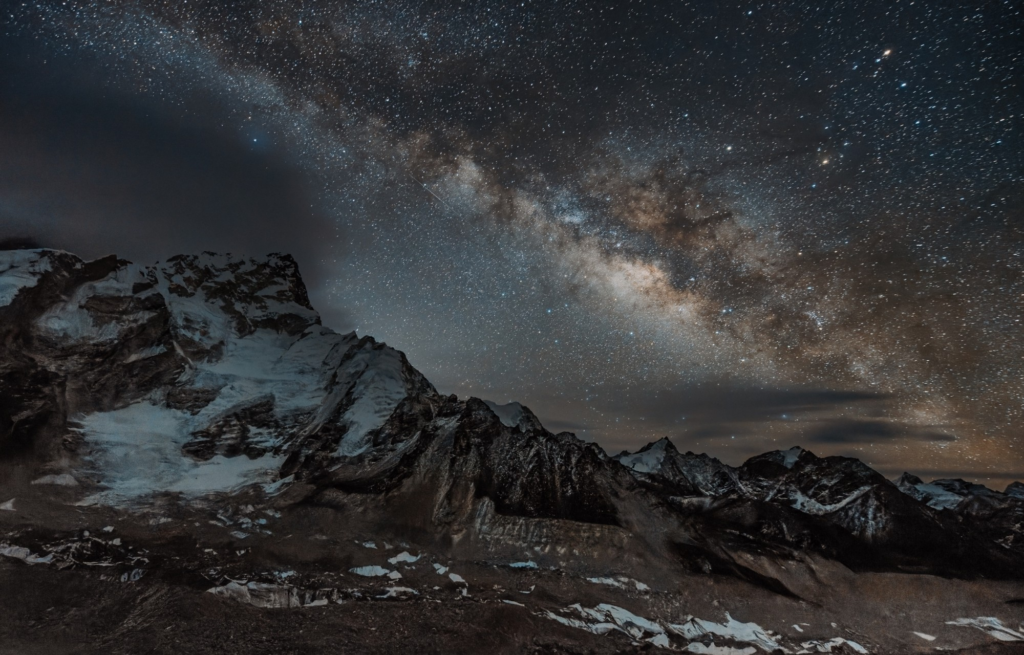
“Astro-tourism has been on our radar for a while, because it is probably one of the only ways in which astronomy is linked to revenue generation [for rural communities],” says Ramasamy Venugopal, operations manager at the OAD and co-project lead at Astrostays. “But the issue has always been that astro-tourism, as we knew it, was quite exclusive and it tended to benefit those who already could afford to take advantage of this interest.”

Venugopal and Astrostays founder Sonal Asgotraa, who collaborates with the GHE, a social enterprise whose primary focus is to bring clean energy to off-grid communities, hope to make astronomy accessible and rewarding for tourists – and in doing so, attract visitors willing to travel to remote places for an immersive experience. The first step in the process was to create a solar-powered micro-grid in Maan, from which a telescope could be operated, but which would also bring clean power to the villagers to use any time they like.
Until Astrostays, astrotourism represented a niche area of tourism. “People who travel to other countries just to view a solar eclipse, you know, those three minutes of [the totality of an] eclipse require three months of planning, and [amateur astronomers] have been willing to spend time and money on those sorts of trips. Typically, people from high-income countries would travel all around the world in pursuit of their interest in astronomy,” he says.
“[Our team] spent so many hours on the internet to see if there is a precedent for this model so that we could understand what it takes to implement,” says Asgotraa. While other astro-tourism projects exist, usually in collaboration with observatories or scientific institutions, Asgotraa says they were not able to find another like Astrostays with socio-economic development at its heart.
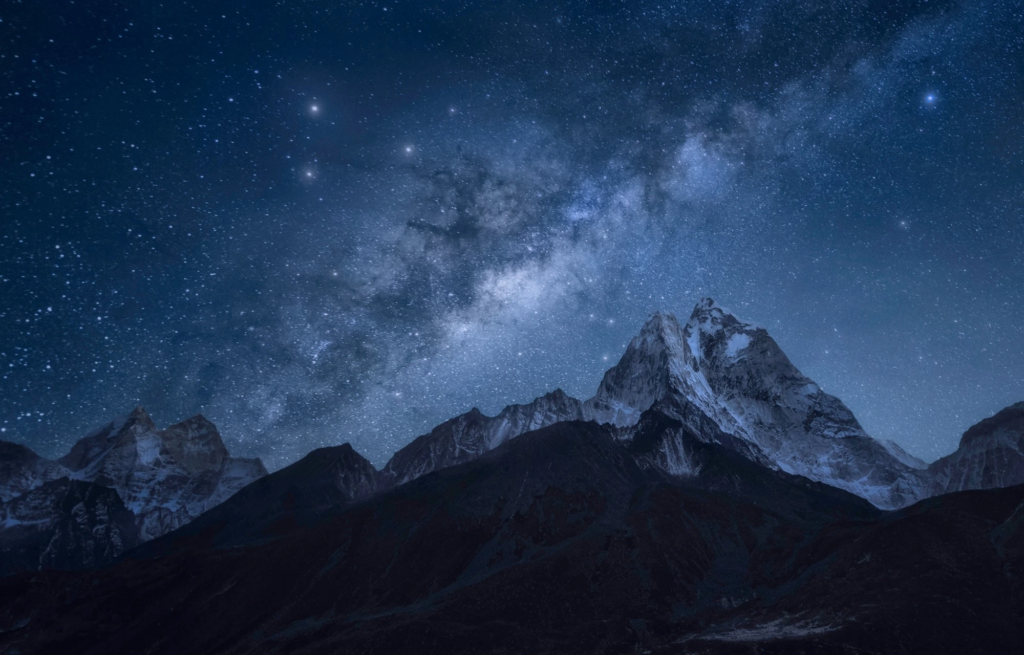
The next challenge for Astrostays was to convince the general public that travelling to a rural place to stargaze can be rewarding without any prior knowledge of astronomy. The sessions run by community leaders focus on teaching local culture and reading indigenous folk tales associated with the night sky, as well as the science of what is on show. To Asgotraa and Venugopal’s surprise, most of the visitors so far have been mainstream tourists rather than enthusiasts.
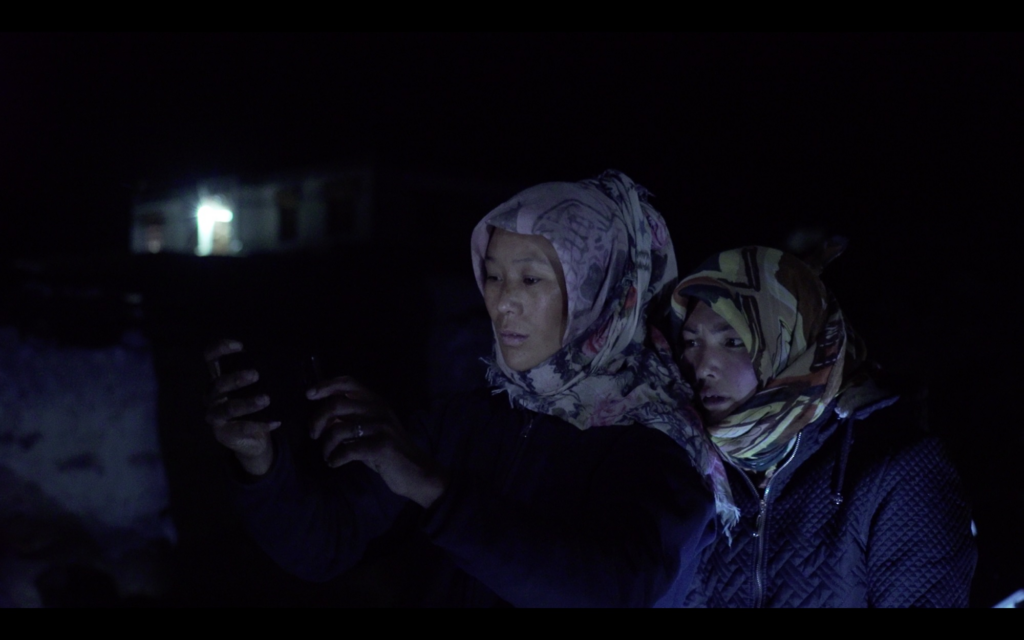
While staying with members of the community, visitors also enjoy talks about the local cultural heritage, sustainable living and eco-tourism.
Asgotraa says that working out how to train the community leaders was also challenging. They have started small and cautious – selecting a group of 35 leaders from 15 different villages to teach them about a few of the planets, galaxies and constellations. The area around Leh was chosen because it is close to Pangong lake, a popular tourist attraction for people from all over India. Day trippers might have previously headed home as the light dims, but Asgotraa and Venugopal hope that they could be encouraged to stay for the night as a house guest.
Tsewang Dorjey is one of those community leaders in Maan, and an early member of the project. He is proud to be able to call Maan home, and that his involvement helps to bring income to his fellow villagers through the fees tourists pay to be house guests.
“I always wanted to stay at home in the village,” says Dorjey. “A lot of youth these days want to search for a job in Leh because it is easy to get a job in the city.”
In the audio clip below, Arun Radhakrishnan, a team leader at Astrostays, shares a indigenous folk tales about the Milky Way galaxy.
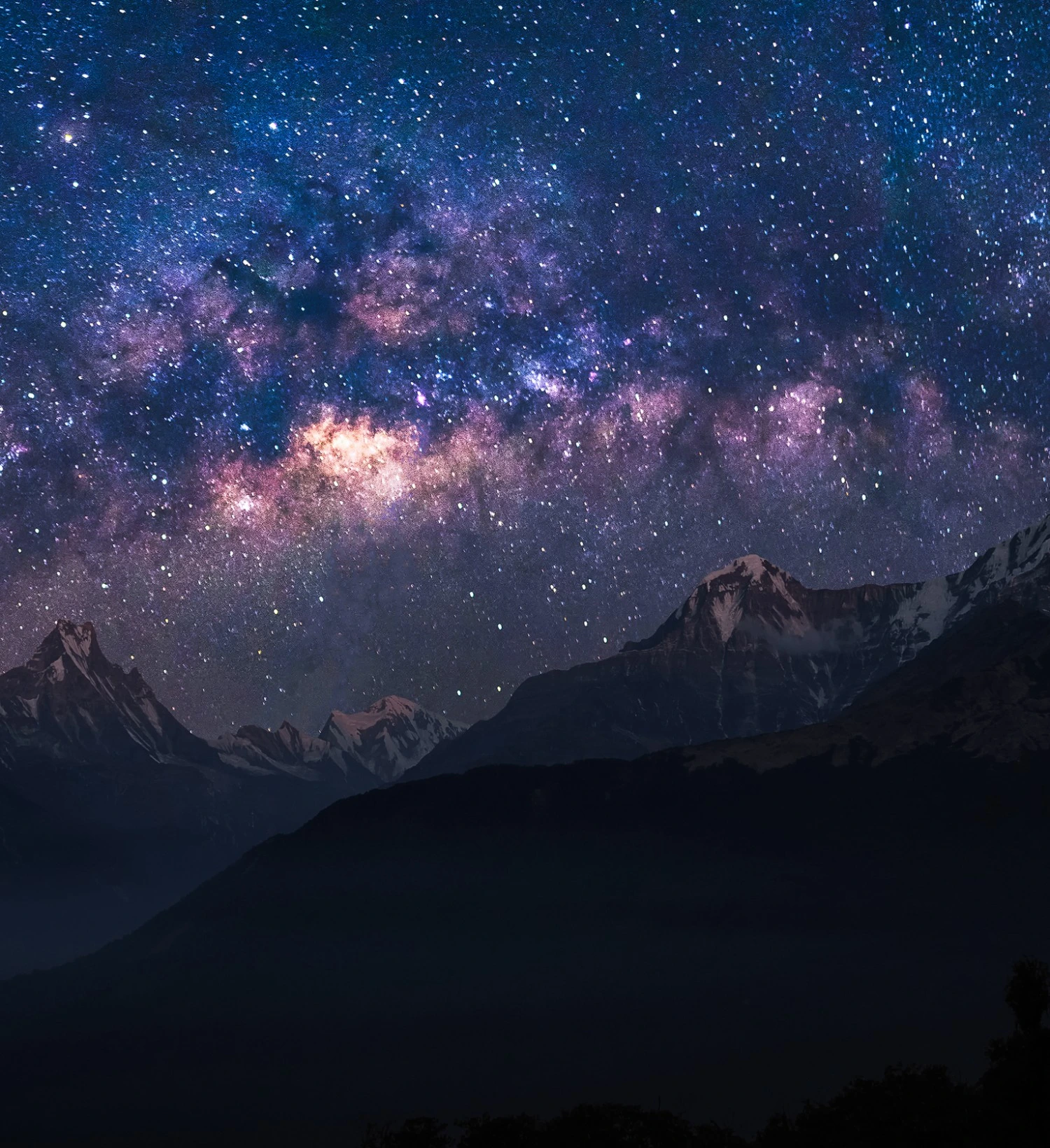
To date, more than 600 tourists have visited, bringing in over $25,000 (£18,400) in revenue to villages whose residents have opened their homes. Astrostays is owned and run by the community, for the community, which means money is reinvested in local infrastructure. A portion of the money made by Astrostays is saved in a community fund, which to date has been used to pay for greenhouses and solar water heaters.
But it is not only the money that is important to the project. The team leaders, like Dorjey, learn to develop the communication skills and business acumen, which might help them to start new endeavors in the future.
“We began with this grand idea that we will have this model that will be centered around the community,” says Asgotraa. “It’s the communities that form the core.”
Expansion has been slow and precise to date, but Asgotraa and Venugopal are optimistic they can introduce similar schemes to new regions soon. They are targeting more regions in India, as well as South Africa, where the OAD is based, which also has clear night skies. From there they want to continue their international expansion.
In a country that already has well-established nature tourism that attracts enthusiasts and members of the public alike, Venugopal is hopeful that Astrostays can bring to South Africa what has already been proven in Maan. If tourists are already prepared to venture into remote places for the awe and wonder of the natural world, perhaps they will be keen to add a few extraterrestrial wonders to their trip one day, too.
This article has been reviewed by Prof Encieh Erfani, Institute for Advanced Studies in Basic Sciences (IASBS), Iran and Lisa Herzog, Global Young Academy.
Paid and presented by the International Science Council.